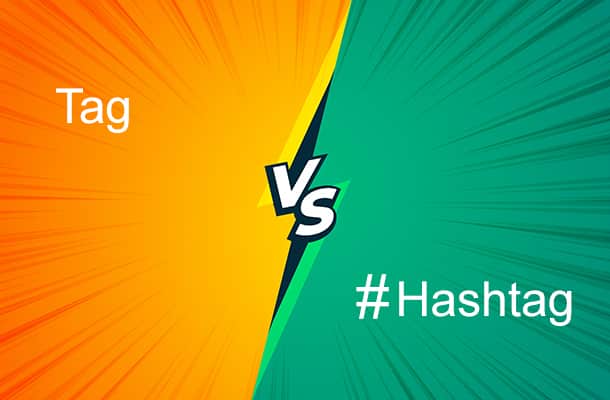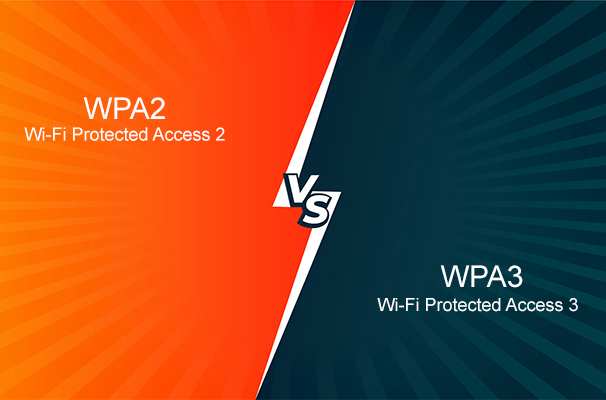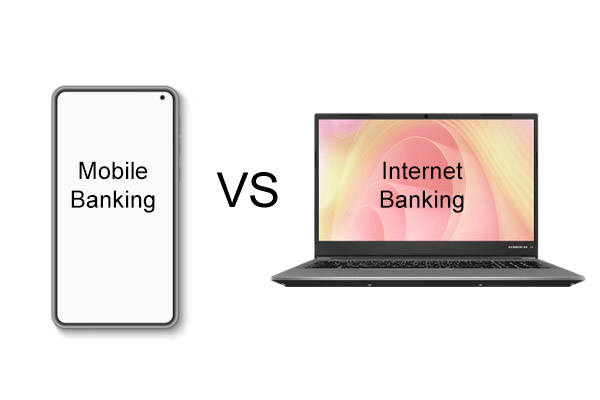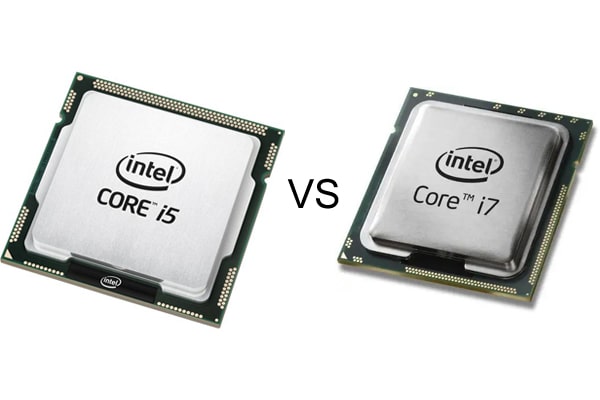Ever found yourself puzzled about the distinction between laptops and notebooks? Well, you’re not alone! At a glance, they might seem identical, but delve a bit deeper and their differences become apparent. A laptop, typically weighing between 4-8 pounds, is your trusty portable PC designed originally to mirror desktop capabilities. Contrastingly, a notebook, light and compact at under 5 pounds, is the epitome of convenience – truly “notebook-sized”. Initially birthed for personal over business use, notebooks sacrificed certain features to prioritize portability. While early laptops aimed to replicate the desktop experience, evolving user needs have paved the way for diverse offshoots like netbooks and tablets. Stay us as we dissect the nuances of these two tech stalwarts, ensuring you make the perfect pick for your next purchase!
What is a Laptop
Ditching the confinement of a desk, a laptop emerges as a versatile powerhouse. Weighing roughly 2-4 kg, it balances portability with performance nearly on par with desktops. Slightly bulkier than its cousin, the notebook, its display size varies, offering flexibility for every user’s preference. Dive deeper to uncover the distinctions that set them apart!
What is a Notebook
Imagine the ease of carrying your PC in the guise of a slender diary. Enter the notebook: feather-light, ultra-portable, and aptly named for its compact dimensions. While they score high on portability, their hardware functionalities and processing might is somewhat dialed down compared to their bigger siblings, the laptops. Curious about the contrasts? Read on!
Difference Between Laptop and Notebook
In today’s digital age, terms like ‘laptop’ and ‘notebook’ are often used interchangeably, leaving many perplexed about their actual differences. To shed some light on this subject, let’s dive into a side-by-side comparison, illustrating the unique features of each.
Laptop vs. Notebook Comparison Chart:
| Feature | Laptop | Notebook |
| Main Manufacturers | Apple, Dell, Toshiba, Acer, Asus, Lenovo, HP, Samsung, Sony, MSI, AlienWare, Microsoft | HP, Apple, Samsung, Sony, Toshiba, Dell |
| Size | Ranges from 10 to 20 inches. From sleek designs to more hefty builds. | Mimics real notebook sizes, with some as compact as PDAs. Some deviations exist. |
| Usage | Emphasizes mobility, mirroring a personal computer with added durability. | Prioritizes mobility, akin to a personal computer but with an added durability touch. |
| Cooling system | Incorporates fan systems similar to desktops, tailored to its design. | Generally lacks a robust cooling system due to its diminished processing demands. |
| DVD-DRIVES & Accessories | Often integrated seamlessly into the design. | Typically external, with some exceptions where integration is possible. |
| Meaning | A lightweight, mobile computer designed to sit on a user’s lap. | A battery-powered PC, smaller than a briefcase, ideal for on-the-go tasks and meetings. |
| Processing Capacity | Boasts higher processing capabilities, with 1-8 GB RAM typically. | While some are on par with laptops, enhanced power might sacrifice the compact design. |
| Physical characteristics | Weighs between 1.4 to 5.4 Kgs. (3 to 12 pounds) | Lighter in build, weighing less than 5 pounds and measuring 3 inches or less in thickness. |
| Cost | Budget-friendly laptops usually fall below the $500 mark, whereas premium laptops designed for specialized tasks or gaming can surpass $1,000. Laptops from Apple’s Mac series often carry a higher price tag compared to similar PC models. | Notebook computers usually cost less than laptops, often priced between $150 and $350. |
Understanding these differences is essential when choosing the best device for your needs. Whether it’s the power of a laptop or the compactness of a notebook, there’s a suitable gadget for everyone!
5 Similarities Between Laptops and Notebooks
Amidst the technological jungle, laptops and notebooks often appear as two birds of the same feather. Let’s spotlight their shared attributes:
- Mobility Maestros: Both champions of portability, they’re your travel-friendly tech companions.
- Digital Workspaces: They seamlessly emulate desktop environments, ensuring you never miss your office desk.
- Battery-Powered Beasts: Independent from wall sockets, they rely on their robust battery lives.
- Connectivity Connoisseurs: Wi-Fi, Bluetooth, USB ports – they’ve got all bases covered for your connectivity needs.
- Versatile Visuals: Whether it’s work presentations or binge-watching sessions, their screens cater to diverse demands.
Frequently Asked Questions About Laptops and Notebooks
Why do some manufacturers label their devices as notebooks instead of laptops?
Often, it’s a marketing choice. Notebooks tend to imply a more lightweight and compact design, while laptops might suggest a more robust feature set. However, as technology evolves, the distinction becomes blurrier.
Is it easier to upgrade hardware components in a laptop compared to a notebook?
Typically, laptops offer more flexibility for upgrades (like RAM or storage) compared to notebooks, which might have more integrated components due to their compact design.
Can notebooks handle demanding software applications like graphic design tools or video editing software?
While some high-end notebooks can manage such tasks, laptops are generally better suited for heavy-duty applications due to their superior processing power and cooling systems.
Are notebooks more durable than laptops given their lightweight nature?
Not necessarily. Durability depends on build quality, materials used, and design. Some notebooks might be more fragile due to their thinness, while others are built with ruggedness in mind.
Why do Apple’s Mac series laptops seem to defy the typical price range of PC laptops?
Apple’s Mac laptops often incorporate proprietary technology, unique design elements, and a distinct operating system, which can drive up costs. Additionally, the brand positioning of Apple products typically places them in a premium segment.





